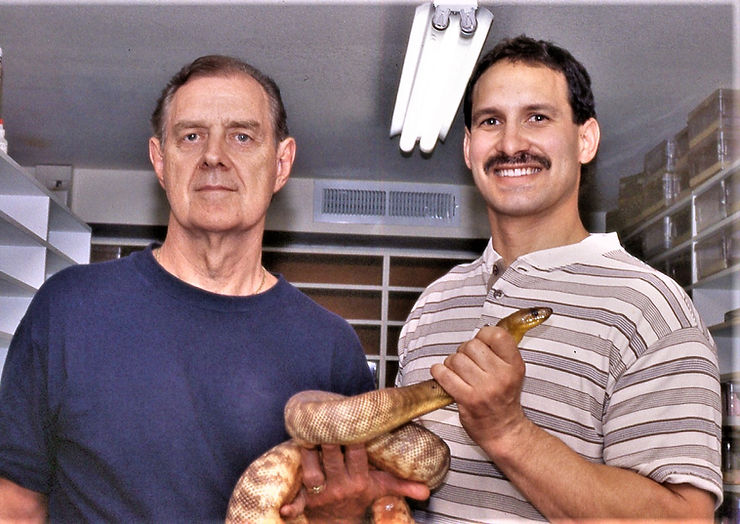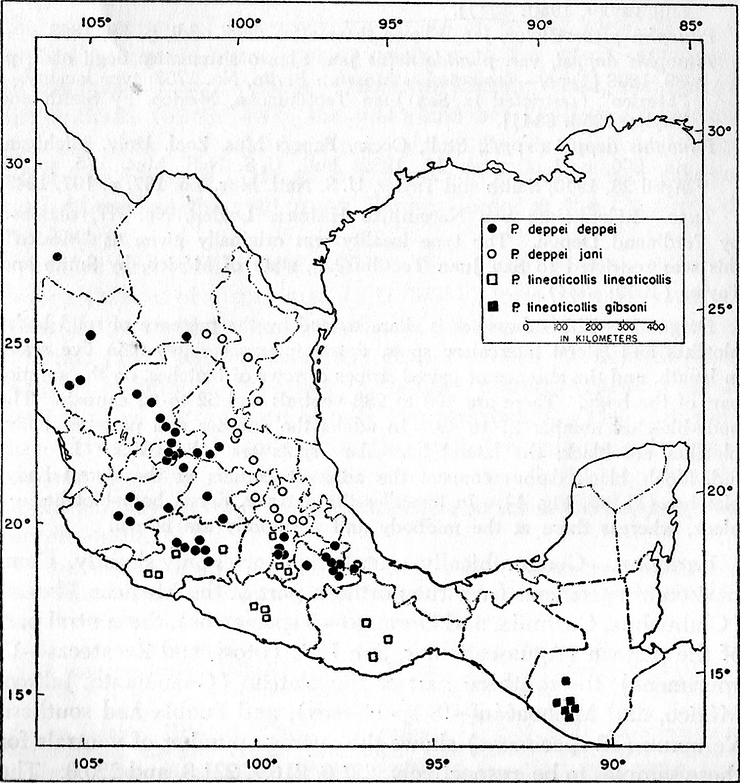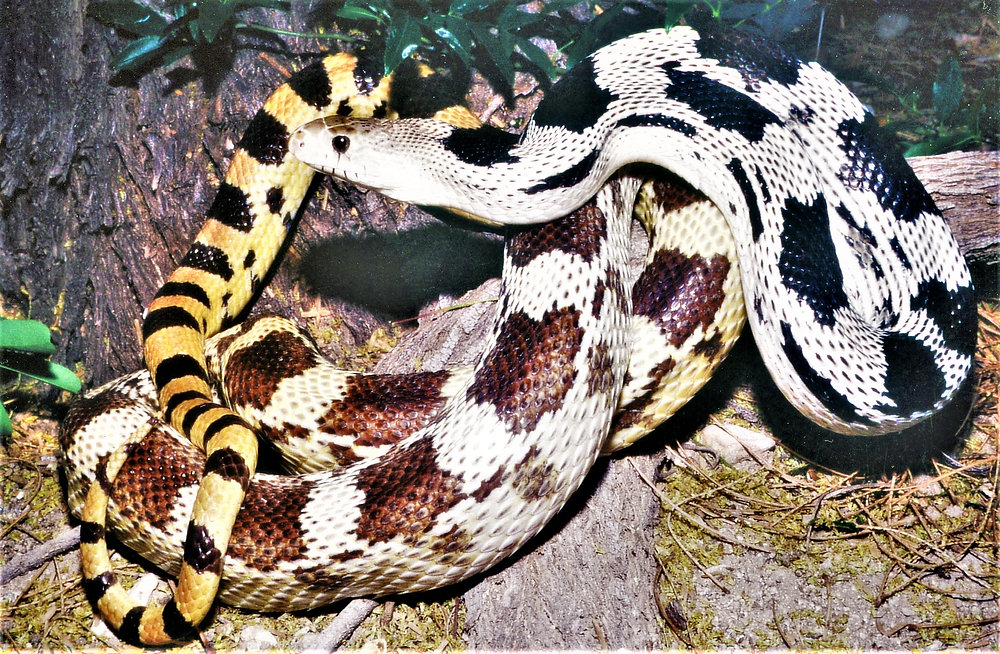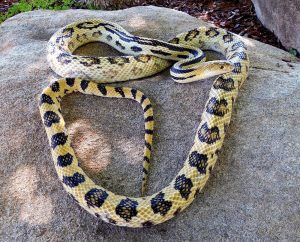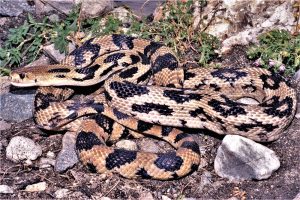Photograph by Patrick Houston Briggs 2000 Courtesy to Tom Moisi
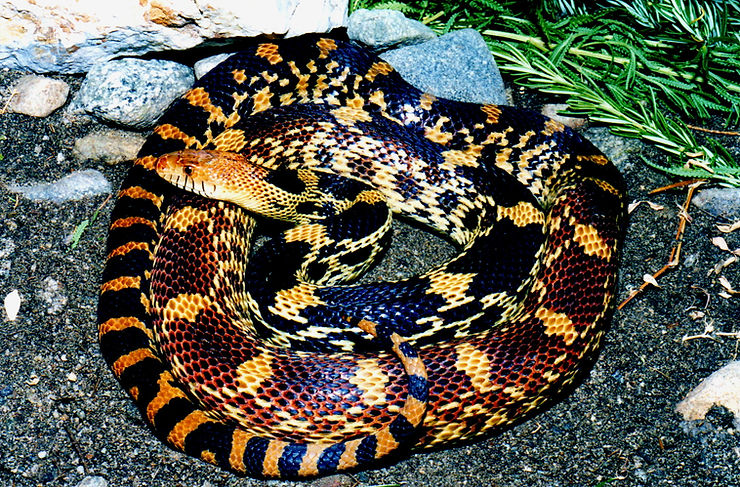
MEXICAN PINE SNAKE Pituophis deppei deppei
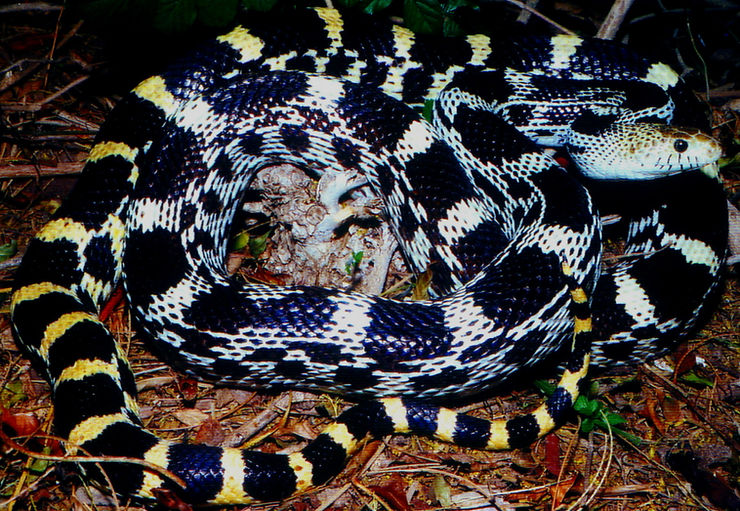
Mexican Pine Snake (Dumeril 1853)
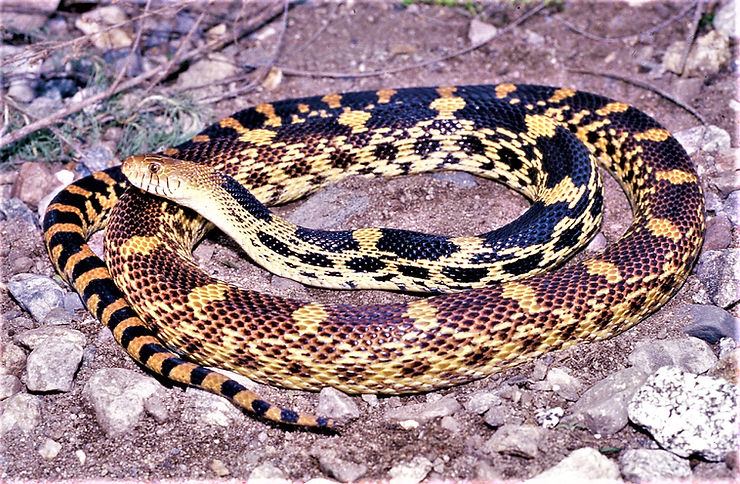
MEXICAN PINE SNAKE Pituophis deppei deppei
Photograph by Patrick Houston Briggs 2000 Courtesy to Tom Moisi
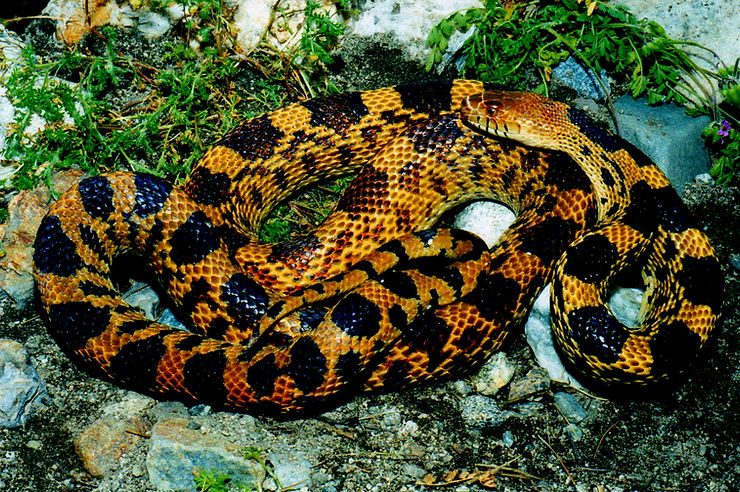
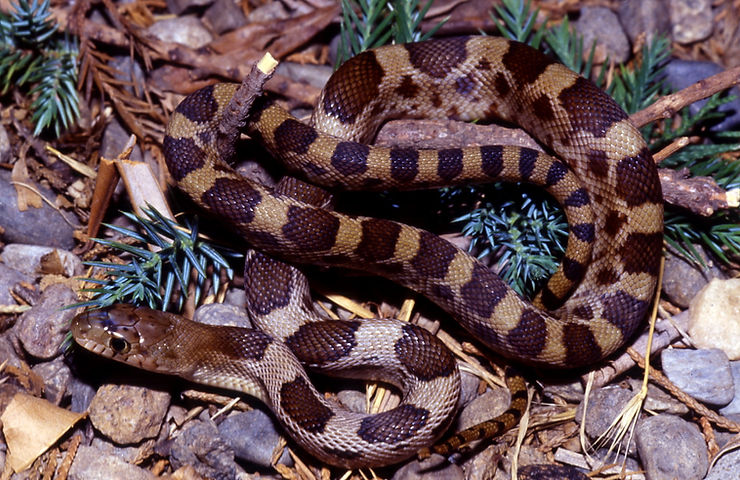
MEXICAN PINE SNAKE Pituophis deppei deppei
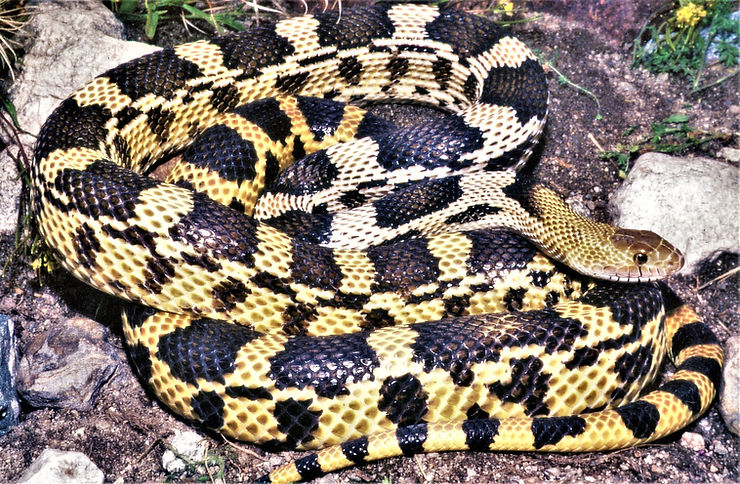
Mexican Pine Snakes like many Pituophis vary in color and body pattern. Specimens from specific locations are known for their unique characteristics for their respective region. For example, Durango Mountain specimens usually sport high contrast with striking beauty. (See the photo images labeled 1, 2, & 3 ) Mexican Pine Snakes’ ground color is usually cream colored, white, yellowish, buff, tan, or even, olive with orange highlights anteriorly. Pituophis deppei deppei is marked by 43-59 defined dark black or brown quadrangular blotches, saddle shape markings, spots, or bars above including the tail that are 2-8 scales long and 10-13 scales wide (32-44 on the body only). The light spaces between them are 4 or less scales in length. This differs in the number of blotches above and in the number of interspace scales between the upper blotches with the northeastern race, Pituophis deppei jani which has only 29-35 blotches and interspaces of 5 or more scales in length between them. Toward the rear of the body, the blotches are somewhat quadrangular, not fusing at the sides. The secondary spots sometimes referred to as intercalaries run along the sides or laterals of the body. The coloration of these secondaries generally parallels the blotches above in color. The head and throat are both pale with some dots above on the head, and although there usually is no dark band between the eyes, there are some dashes, bars and lines or suture marks that border the labials of the mouth and sometimes small marks or dots on the posterior labials. The anterior venter is usually immaculate, but spots on both sides of the ventrals increase posteriorly. Unlike many Pituophis forms, the prefrontal scutellation of this form is 2 instead of 4. Mexican Pine Snakes possess 211-233 ventrals and 52-79 subcaudals.
Scutellation of Pituophis deppei deppei
– Midbody Scales: 27-31
– Supralabials: 7-9 (4th & 5th, 3rd & 4th, or 5th & 6th enter eye)
– Ventrals: 211-233
– Infralabials: 10-14
– Caudals: 52-79
– Preoculars: 1-2
– Postoculars: 2-4
– Loreal: Sometimes present
– Frontal: Undivided and not creased
– Prefrontals: 2
– Azygos: Sometimes present between prefrontals and preoculars
– Rostral: Broad as or broader than long and extending deep into internasals
– Anal: Single (entire)
Lloyd Lemke and Patrick Briggs with a woma 1995
